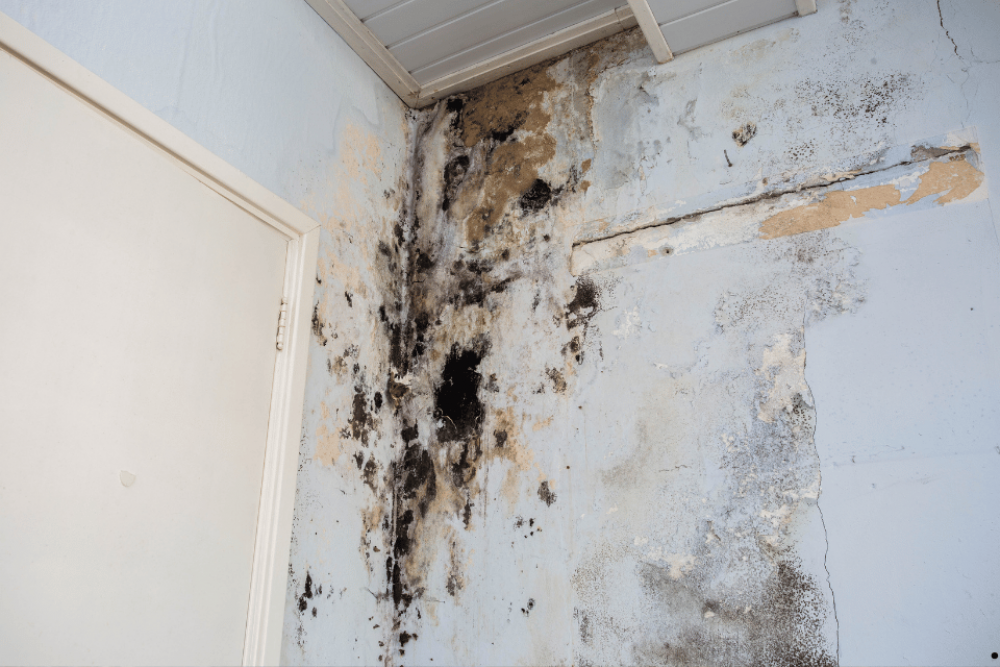
Preventing Mold and Mildew Growth in Crawl Spaces: Effective Humidity Control Tips
Crawl spaces are often overlooked in homes but play a critical role in maintaining structural integrity and indoor air quality. One common issue homeowners face in crawl spaces is the growth of mold and mildew due to excessive humidity. We will explore practical strategies for controlling humidity in crawl spaces to prevent mold and mildew growth. By implementing these tips, you can ensure a healthier environment for your home and potentially avoid costly repairs associated with mold damage.
Understanding Mold and Mildew in Crawl Spaces
Mold and mildew thrive in environments with high humidity levels and poor ventilation, which are common conditions in crawl spaces. These areas typically have limited airflow and can accumulate moisture from the ground, foundation walls, or even plumbing leaks. Once moisture levels rise above a certain point, mold spores begin to colonize, leading to unpleasant odors, structural decay, and potential health risks for inhabitants. Focusing on controlling humidity levels through targeted interventions by Crawl Space Ninja Greenville is crucial for effectively combating mold and mildew in crawl spaces.
Humidity Control Tips for Crawl Spaces
1. Encapsulation and Vapor Barriers:
Encapsulation is one of the most effective methods to prevent moisture buildup in crawl spaces. This process involves sealing the crawl space with a durable plastic liner or vapor barrier, which helps to minimize moisture from entering the space. Additionally, installing a vapor barrier on the ground prevents moisture from seeping through the soil and into the crawl space environment. Creating a barrier between the ground and the crawl space can significantly reduce humidity levels and inhibit mold and mildew growth.
2. Proper Ventilation Systems:
Adequate ventilation is essential for maintaining airflow and regulating humidity levels in crawl spaces. Installing vents or a dedicated crawl space ventilation system helps to promote air circulation, allowing moisture to escape instead of accumulating. Mechanical ventilation solutions such as fans or vents equipped with humidity sensors can effectively control humidity levels by automatically adjusting airflow based on moisture levels detected in the crawl space.
3. Effective Drainage and Water Management:
Proper drainage around the perimeter of your home and within the crawl space is crucial for preventing moisture infiltration. Ensure that gutters are clean and downspouts direct water away from the foundation. Consider installing a French drain or sump pump system if your crawl space is prone to water accumulation. Managing exterior water sources reduces the moisture that can enter the crawl space, lowering the risk of mold and mildew growth.
4. Insulation and Temperature Regulation:
Insulating the crawl space's walls and floors helps regulate temperature fluctuations and reduce condensation. Choose insulation materials resistant to moisture and mold, such as closed-cell spray foam or rigid foam board. Proper insulation improves energy efficiency and creates a barrier against moisture, preventing mold growth and maintaining comfortable indoor temperatures throughout the year.
5. Regular Monitoring and Maintenance:
Prevention is crucial in managing mold and mildew in crawl spaces. Implement a regular inspection schedule to check for signs of moisture, leaks, or mold growth. Use a moisture meter to monitor humidity levels and promptly address any spikes in moisture. Conduct routine maintenance tasks, such as cleaning gutters, checking for plumbing leaks, and repairing damaged vapor barriers to ensure your crawl space remains dry and inhospitable to mold and mildew.
6. Dehumidification Systems:
In cases where encapsulation and ventilation alone may not suffice, installing a dehumidification system can provide supplementary control over humidity levels in crawl spaces. Dehumidifiers are designed to extract excess moisture from the air, effectively reducing the risk of mold and mildew growth. Choose a dehumidifier with adequate capacity for the size of your crawl space, and consider models equipped with features like automatic humidity sensors and drainage pumps for convenience. Integrating a dehumidification system into your crawl space maintenance plan can significantly enhance moisture management and contribute to a drier, healthier environment.
7. Sealing Air Leaks and Improving Insulation:
Air leaks in the crawl space can contribute to humidity issues by allowing warm, moist air from outside to infiltrate and condense. To minimize air leakage, seal gaps, cracks, and penetrations in the crawl space walls and foundation with caulking or spray foam insulation. Additionally, crawl space access doors and hatches are correctly sealed to prevent air exchange between the crawl space and the rest of the house. Improving insulation helps regulate temperature and reduces the likelihood of condensation, creating a more stable environment less conducive to mold growth.
8. Professional Inspection and Remediation:
If you suspect significant mold or moisture problems in your crawl space despite preventive measures, consider hiring a professional inspector or remediation specialist. These experts can thoroughly assess the crawl space environment, identify underlying issues contributing to mold growth, and recommend appropriate remediation strategies. Remediation may involve removing mold-infested materials, improving drainage systems, or installing advanced moisture control solutions. Investing in professional inspection and remediation services can provide peace of mind and ensure your crawl space remains a healthy and functional part of your home.
Effectively managing humidity in crawl spaces is essential for preventing mold and mildew growth, which can significantly affect your home's structural integrity and indoor air quality. By implementing encapsulation, improving ventilation, maintaining proper drainage, insulating effectively, using dehumidification systems, sealing air leaks, and conducting regular maintenance and professional inspections, you can create a healthier environment and protect your investment in your home. These proactive measures mitigate the risk of mold-related issues and contribute to a more comfortable and sustainable living space for you and your family.

